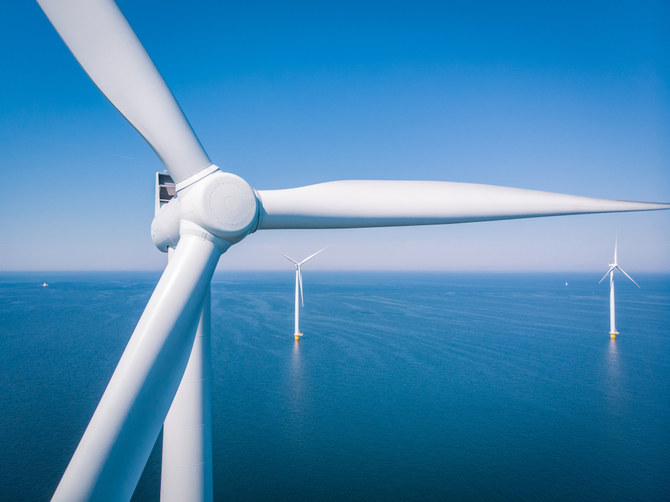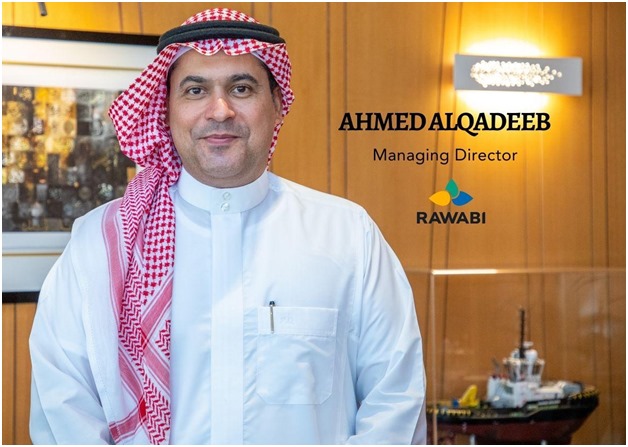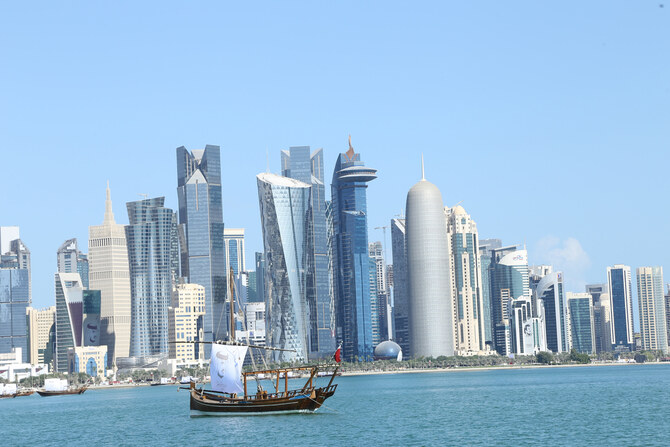According to research, a significant amount of investment is required to fully utilize the 1,400 gigawatts of offshore wind energy that exist in the Middle East and North Africa.
The Global Wind Energy Council stated in its most recent study that Saudi Arabia, Morocco, Egypt, and Oman may take the lead in advancing this industry, which is still in its infancy because the majority of offshore activities in the area are related to oil and gas.
Because offshore wind creates electricity without burning fuel or generating carbon dioxide, it is seen as a critical power generation option in the energy transition process.
Additionally, the wind at sea is more powerful, steady, and calm than it is on land, which contributes to the reliable generation of energy.
The Middle East may (and should) see development, as evidenced by offshore wind’s enormous potential. Nevertheless, the GWEC research stated that a lot depends on the investment climate, national laws, and permitting processes, in addition to the availability of a trained labor pool with relevant industry experience.
The report also stated that because onshore locations are easily accessible and offshore wind energy requires significant investments, the Middle East has not yet seen any significant advancements in offshore wind energy production.
Also Read:
Saudi Arabia Reiterates its Humanitarian Assistance to the Impoverished, Displaced, and Refugees
Hezbollah Attacks Israel with Missiles After a Fighter is Killed



































